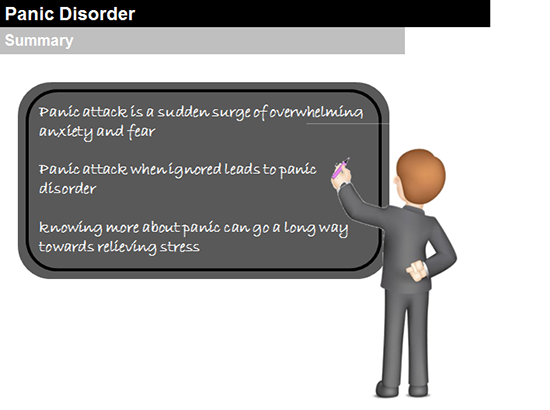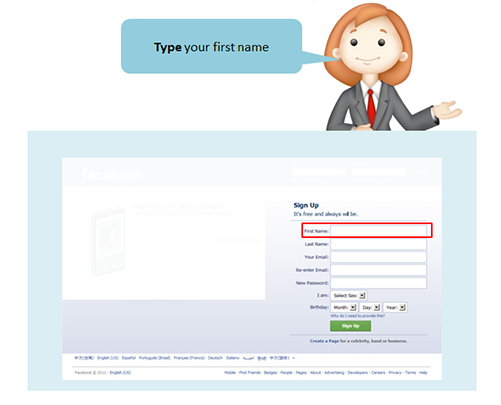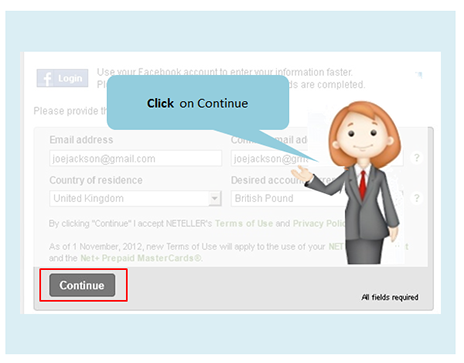Guided Learning in eLearning: An Effective Way to Beat the Isolation of Learning

As children we were always told what to do and how to do whatever we had to do; mothers guided us through every step of our lives. However, slowly and steadily we grew up and forgot how important guiding someone is. Guiding is nothing but directing or showing how to do a certain task. Guided learning is an instructional design strategy that allows learners to make decisions. In other words, the instructor defines the outcome but does not determine how it will be achieved.
What is Guided Learning?
Guided Learning is an impactful instructional design strategy that makes your eLearning courses more engaging and interactive by using characters and avatars. It allows you to present your content in an interesting way and holds the essence of classroom training despite of the absence of the trainer.
How and When to Use Guided Learning Approach in eLearning
It is a well-known fact that eLearning is a self-paced style of learning where the learner is in control. There is an absence of an instructor who generally teaches what needs to be taught, it is difficult to replace the experience of a real-life instructor; however, guided learning can create an almost similar atmosphere for your learners. Guided learning is best suited to develop a new skill; the eLearning guided approach can help your learner to discover something new or something he/she hasn’t done before. Try out an application or follow a set of instructions; let me take you through how and when can guided instructional approach can be utilized in eLearning.
Characters That Take Learners Through the Course
Characters in eLearning are mostly used in scenarios; in eLearning, characters not only add a visual element on screen but also guide your learners through the course right from the beginning till the end. Usually when characters are used as guides they become part of the course and commonly act as the narrator. For example, for a course on medical requirements an apt guide would be a doctor who will take your learner through the details on what kinds of requirements are necessary. Find an example below of how to use a character as a guide.



Characters act like guides and make sure your learner takes home the important points. They are most apt for guided learning as they bring about a tutor-learner environment to your eLearning.
→ Download eBook: Instructional Design Strategies for Engaging eLearning
Simulations – A Step-by-Step Process
Simulations are an ideal example of guided learning where you have a set or a scenario and you play it out for your learner. For instance, your learner watches how to set up an account on a popular social networking website; now how would you take him through this process? Commonly a simulation is a creation of a real-world scenario; so in the case of the above example, the common practice is that you record the screen of the webpages displaying the actions that have to be done. Don’t worry you don’t need a camera – this can be done with tools such as Captivate and Storyline.
Watch this video to catch a glimpse of eLearning simulations for experiential sales training.
This practice of showing a step-by-step process in a simulation can be seen below:
By now you already know how simulations are used as a tool to guide your learners; they take you through the entire process and show you how it’s done.
Let’s see how you can use the best of both worlds.
Try Mode That Reinforces Learning
No matter how many times we see something, we learn best by doing. The same is applied in eLearning; try mode in simulations best describe learning by doing. And adding a character to that will only make your point stronger. Adding characters to a simulation is a unique way to guide your learners. For example, you can add a character that pop up every time your learner is stuck or makes a mistake while trying out the simulation. Such a scenario can be seen below:


To Summarize
Guided learning breathes life into eLearning courses and transforms a complicated and less engaging course into an easy and interactive one. The above-mentioned approaches will add more significance to your content and make your course a learner-centric eLearning course.
Sound instructional strategies are essential when it comes to designing and developing engaging and impactful eLearning courses. Here’s an eBook that paints an elaborate picture of various instructional design strategies to design engaging eLearning courses. Get your copy now and level up your eLearning game with powerful instructional design strategies.







